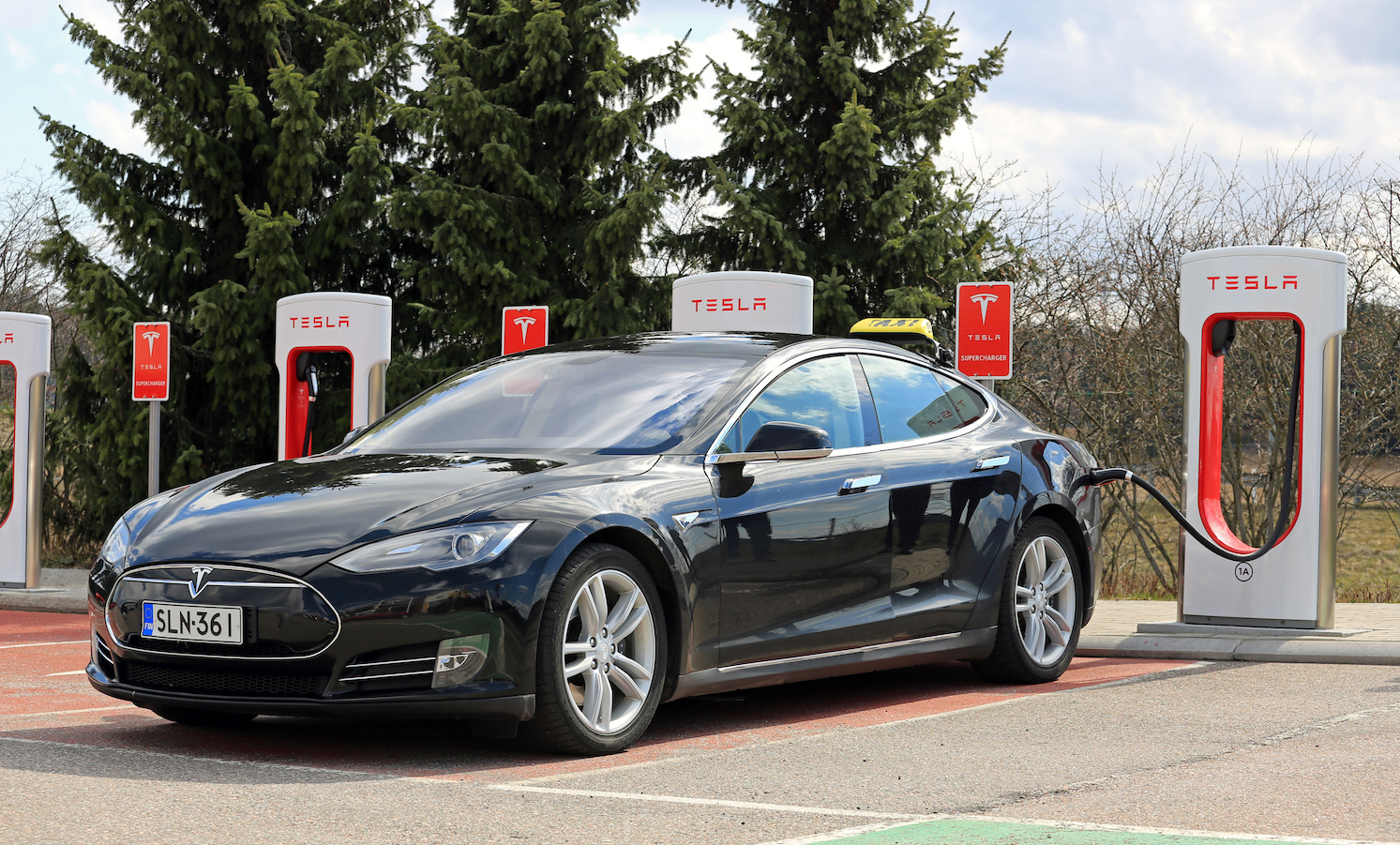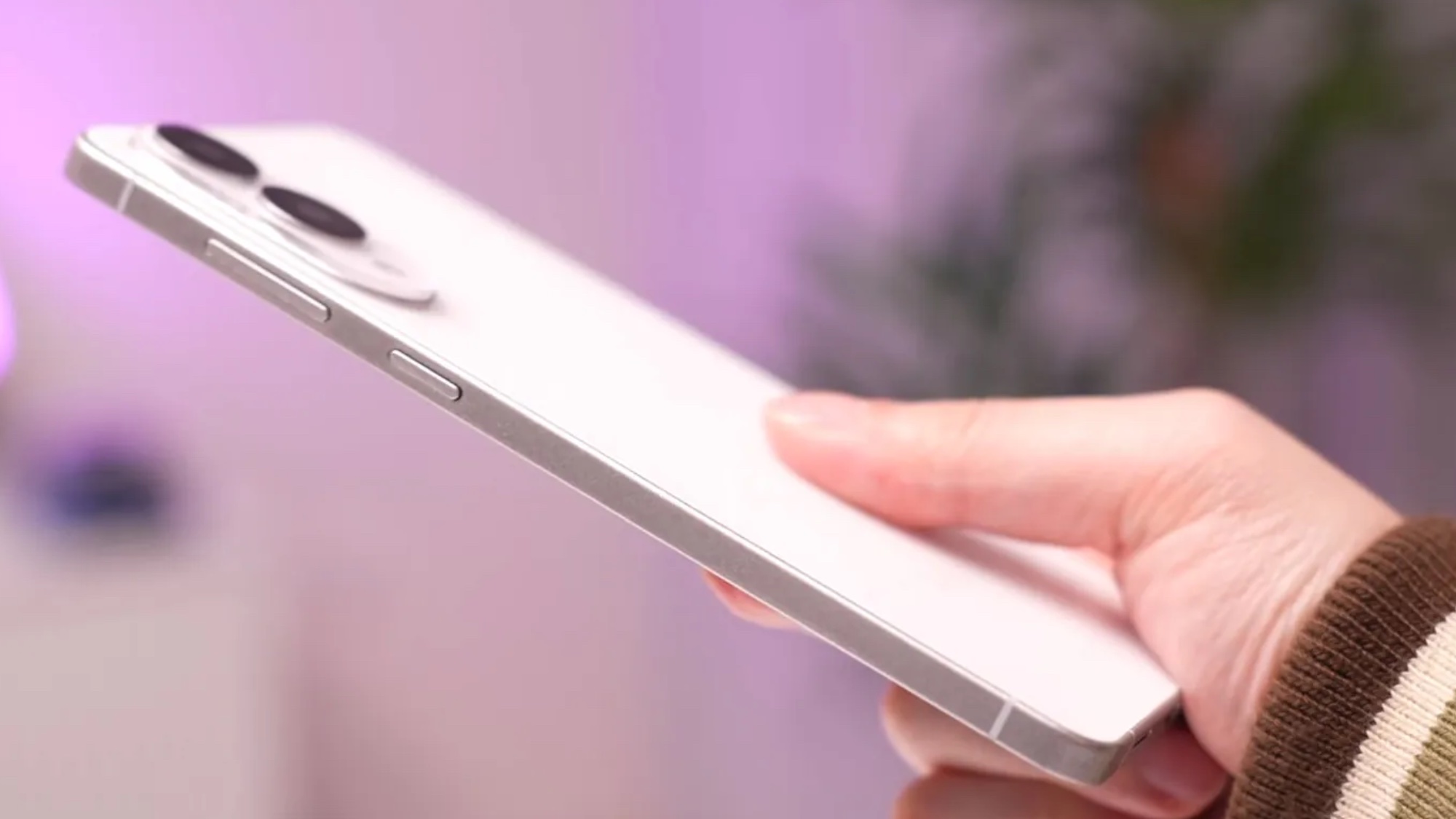Musk: New Tesla Autopilot Could Have Saved Driver's Life
Tesla Motor's latest update to its Autopilot software could have saved a driver from a fatal accident, CEO Elon Musk said.
Tesla Motors yesterday (Sept. 11) announced the latest version of its Autopilot self-driving software for its cars, Version 8.0. In a conference call with reporters, Tesla CEO Elon Musk said the new version of Autopilot could have saved the life of Joshua Brown, an Ohio man who died in May when Brown's Tesla T-boned a tractor-trailer while he was using an older version of Autopilot.

The Autopilot update, which should be pushed out over-the-air to Tesla vehicles in the next few weeks, moves up radar detection in Autopilot's decision-making priority list.
Previously, Autopilot regarded radar detection as a "supplementary sensor" to complement the camera and image processor. In other words, if the Tesla's radar detected an obstacle in the road, Autopilot would wait until it got visual confirmation of the obstacle before making a driving decision, such as to swerve around the object or hit the brakes.
Now, radar will "be used as a primary control sensor without requiring the camera to confirm visual image recognition," the Tesla blog post making the update announcement said. The updated Autopilot software will also require drivers to keep their hands on the wheel for longer periods of time.
MORE: How to Use Tesla's Autopilot (and How Not to)
Brown was killed May 7 when his Tesla Model S drove into a tractor-trailer that was crossing a divided highway in Florida. Neither Brown nor the car apparently hit the brakes before impact. Analysis of the accident scene indicates that the Tesla's cameras may not have been able to distinguish the off-white trailer from the sky in the background.
In theory, Musk said, the Autopilot update could have prevented Brown's death, because the car wouldn't have waited for the camera to confirm what the radar would have seen. On June 30, Tesla Motors issued a statement on Brown's death and reminded users that Autopilot is a "public beta."
Sign up to get the BEST of Tom's Guide direct to your inbox.
Get instant access to breaking news, the hottest reviews, great deals and helpful tips.
"Impact probability would be assessed as high and it would probably brake," Musk said, according to The New York Times. "These things cannot be said with absolute certainty, but we believe it is very likely that, yes, it would have" saved Brown's life, he said, but added that "perfect safety is an impossible goal."
There will never be a point where there are no deaths or injuries, Musk said. Many computer-security experts argue that even now, autonomous driving software such as Tesla's Autopilot is not ready for the road. A team of Chinese researchers recently showed it was easy to fool sensors on Teslas and other autonomous driving systems.
Promoting radar detection to a primary sensor comes with its own risks, the Tesla blog post said.
"The big problem in using radar to stop the car is avoiding false alarms. Slamming on the brakes is critical if you are about to hit something large and solid, but not if you are merely about to run over a soda can. Having lots of unnecessary braking events would at best be very annoying and at worst cause injury."
But, the blog post explained, improvements in the radar components Tesla buys from third-party suppliers allows the system to be more sensitive and hence learn which detected objects to ignore. Crowd-sourcing of radar data from many Tesla vehicles passing by a stationary object will also help discern between safe and dangerous objects.
"If several cars drive safely past a given radar object, whether Autopilot is turned on or off, then that object is added to the geocoded whitelist," the blog post said.
Neither Musk nor Tesla Motors have publicly admitted responsibility for Brown's death. The suggestion that Brown might have lived had he had better Autopilot software indicates that Tesla knows its self-driving systems need some serious changes.
Andrew E. Freedman is an editor at Tom's Hardware focusing on laptops, desktops and gaming as well as keeping up with the latest news. He holds a M.S. in Journalism (Digital Media) from Columbia University. A lover of all things gaming and tech, his previous work has shown up in Kotaku, PCMag, Complex, Tom's Guide and Laptop Mag among others.

